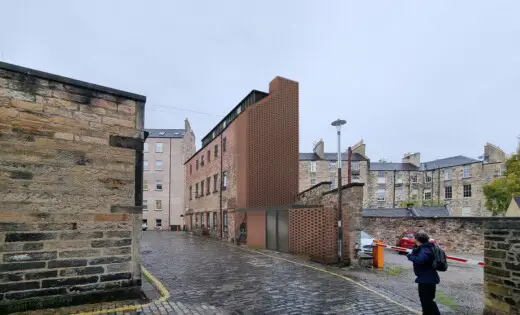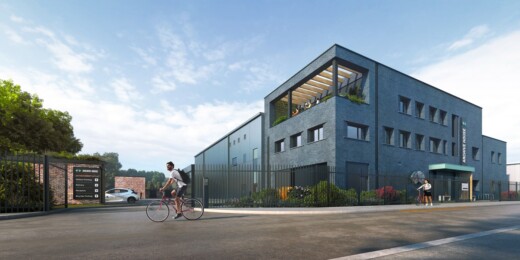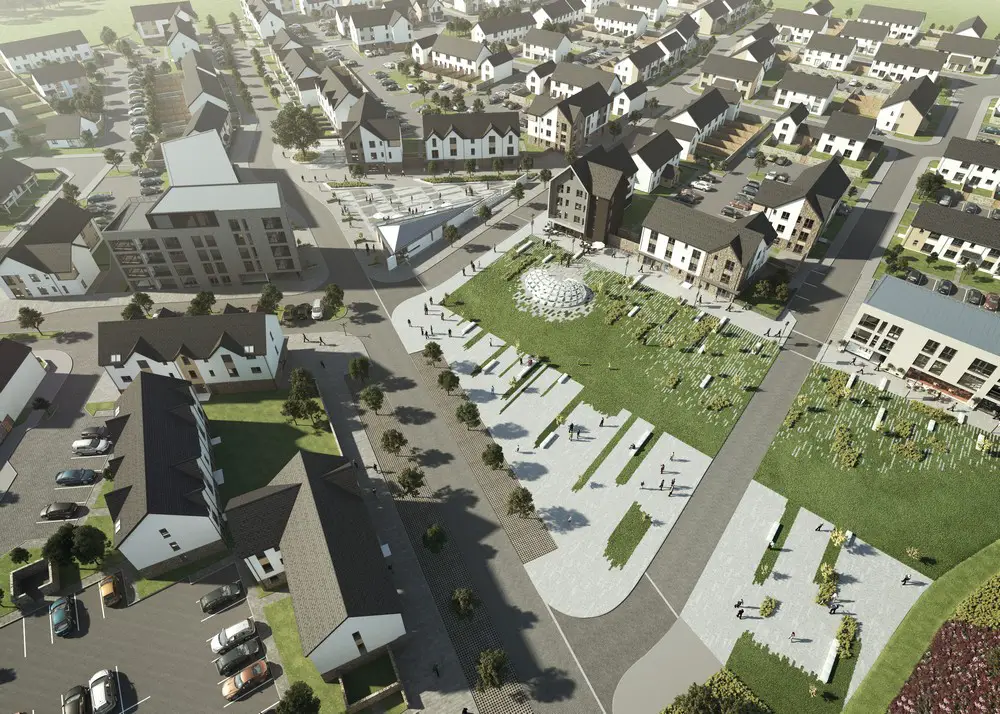Energy-efficient flooring in new buildings UK, Lynx Precast concrete floor information, London underfloor build tips
Energy-efficient Flooring in New Buildings Tips
Eco-friendly houses – Environmental Housing Article
12 June 2019
Here’s why energy-efficient flooring is an important part of design in new buildings
The increasing demand for energy-efficient homes has completely changed the housing landscape. As more and more home-buyers look for eco-friendly houses, designers are seeking out sustainable materials for those environmentally savvy clients.
Energy-efficient Flooring for Buildings Guide
Now more then ever, homebuyers want housing options that do not affect our environment, that are a healthy home environment, and that doesn’t require them to pay a fortune for their electricity bills. With energy prices continuing to rise and consumers becoming more environmentally aware, the market promotes a new trend for sustainable construction. Thus, one of the most often asked question by homebuyers these days is whether or not the type of home flooring of the property can make it more energy efficient?
Adding energy efficient flooring to your home simply makes sense because it lets you heat your home evenly if you opt for underfloor heating in a London property, and save money through efficient energy use. Read on to find out the most popular energy-efficient flooring solutions.
Bamboo
The eco-conscious properties and its unique looks make bamboo flooring option one of the most popular among environmentally savvy homebuyers. It is extremely suitable homes with a cozy, indie style but also for modern ones that aim a chicer setting.
Its texture adds a very organic, natural and elegant feel to any room, making it more suitable for living rooms, offices or bedrooms that aim a spacious and luminous appeal. Bamboo is one of the most durable flooring options and naturally renewable resource on the market. It is a sustainable flooring solution because it only takes a maximum of 5 years to reach maturity, while for trees that can take up to 20 years. Thus, it allows homeowners to get spectacular flooring that looks like wood but that doesn’t require harvesting the rainforests.
Concrete
People don’t typically think of concrete as an eco-friendly flooring option, however, surprising as it may be, concrete can be transformed in a durable and sustainable flooring. Concrete flooring usually needs to be covered with carpets, hardwood or tiles to become an energy-efficient option and to look stylish. However, decorative techniques such as coloring, polishing, or staining allow homeowners to give concrete a whole new and more traditional look.
What truly makes concrete a sustainable flooring option is the fact that its durability ensures that never needs to be replaced. Specialists such as the ones from Lynx Precast concrete flooring Company can help homeowners create a tiled effect with different colors or inlay other materials to obtain new, stylish designs.
Cork
Cork flooring is the ultimate trend among the eco-friendly flooring options available on the market. Surprising as it may be, cork is indeed a great material for floors, not only for wine bottles. Moreover, it is also a sustainable option that protects our environment. Manufactured from the thin bark of the cork oak tree, the cork flooring option is highly renewable and the process of creating cork flooring doesn’t damage the tree itself at all because it grows back after being harvested.
It isn’t just extremely durable and comfortable, but cork flooring also provides great insulation against heat and cold. The only drawback of cork is that it is prone to water damage which makes it less inappropriate for bathrooms and basements that are prone to flooding after rainstorms.
Reclaimed wood
Wood isn’t quite the eco-friendliest floor option when you think about cutting down millions of trees from rainforests. However, reclaimed wood is a sustainable option that will also come with an old story attached to it. The wood might be from an old house that was demolished, an old church, or other old buildings and locations from all over the world.
Thus, if you wish for traditional hardwood flooring, you can have it without contributing to deforestation concerns. Like all wood flooring options, reclaimed wood is not appropriate for home areas with large amounts of water around such as the bathroom. However, in bedrooms, living rooms, and offices, it creates the exact traditional style homeowners are looking for.
Linoleum
Linoleum is another eco-friendly and energy-efficient flooring option. Although it isn’t as durable as other materials such as concrete or wood, its production doesn’t have a significantly negative effect on the environment. Linoleum is designed with natural materials such as linseed oil, cork dust, and broken-down wood and can be burned as fuel when the material is no longer used. Linoleum is the best choice for rooms that are flood-prone such as bathrooms or basements because it is water resistant.
Edinburgh is a role model
Style and sustainability can definitely work well together as more and more designers and architects from Edinburgh prove it. In fact, Scotland has become one of the most popular worldwide destinations that focus on sustainable construction. The country has completely embraced the market trend that aims for eco-friendly buildings. Moreover, it provides architects and designers the opportunity to learn about eco-friendly building practices at the Institute of Sustainable Construction of Edinburgh Napier University.
Architects and designers focus all their efforts on creating environmentally-friendlier housing solutions for the citizens of Scotland. They use their specialists’ expertise in developing and supporting innovative sustainable building techniques and low-carbon built environment solutions. Apart from energy-efficient flooring options, they use solar power and biomass heating systems, green rooftops, and renewable construction materials to create a housing market that will no longer affect our planet.
Massive urbanization has come with its costs that translated into heavy pollution and the waste of the resources from our environment. To meet the housing demand, the real estate market had to construct more and more concrete buildings that eventually led to the destruction of our climate.
Today’s technological advancements have allowed architects and construction companies to change the negative impact of the housing market on our habitat. Eco-friendly flooring options, as well as other sustainable house features, can be obtained much easier, faster and for reduced costs without damaging the natural resources of our planet.
Scottish Architecture
Scottish Capital Building Designs
Contemporary Scottish Capital Property Designs – recent architectural selection below:

image courtesy of architects practice
1 Broughton Market short term let apartments
Archive House, Bonnyrigg

image courtesy of Historic Environment Scotland (HES)
Archive House, Sherwood Industrial Estate, Bonnyrigg
Comments / photos for the Energy-efficient Flooring in New Buildings page welcome




